Nuke 16.0: Revolutionizing VFX with Multishot Workflows and GSV Features
Foundry has officially released Nuke 16.0, the latest major update to its industry-leading compositing software. This release introduces powerful new tools and enhancements focused on modernizing compositing pipelines, streamlining review workflows, and deepening support for collaborative, large-scale visual effects (VFX) production.
Key Features of Nuke 16.0
The highlights of Nuke 16.0 include the highly anticipated Multishot Compositing Workflows and Graph Scope Variables (GSV), which empower teams to manage complex projects with fewer duplicated nodes and less manual effort. These advancements, along with performance enhancements and expanded interoperability, demonstrate Foundry’s commitment to making Nuke the most flexible and scalable tool for professional VFX work.
Multishot Compositing with Graph Scope Variables
At the center of this update is the new Multishot Compositing Workflow, designed to dramatically reduce redundancy and complexity in managing multiple shots. Traditionally, artists created separate node trees for each shot or relied on copy-paste workarounds. Nuke 16.0 changes this by introducing Graph Scope Variables (GSV), enabling one script to be used across multiple shots, dynamically adapting to each shot’s specific parameters.
GSV can drive input paths, parameters, and behaviors, scaling intelligently across scenes. This reduces script duplication, avoids errors during versioning, and gives artists more time for creative output instead of technical maintenance. Multishot workflows are particularly beneficial for episodic content, commercials, and high-volume VFX pipelines where reusability and consistency are critical.
Enhanced LiveGroup Collaboration with GSV

GSV’s impact extends beyond individual scripts. Foundry has integrated these variables into LiveGroups, allowing teams to collaborate more effectively on shared setups. In Nuke 16.0, multiple artists can work concurrently on LiveGroups with fewer conflicts and improved version control. GSV ensures that each artist’s instance of the LiveGroup can retain localized overrides while staying connected to the master structure.
This development enhances collaborative compositing workflows by removing bottlenecks related to LiveGroup sharing and editing, traditionally requiring tight coordination or version locking. In large-scale VFX studios or distributed teams, this ensures departments like lighting, roto, and comp can work in tandem with minimized interruptions.
Smoother Review and Faster Feedback
Beyond compositing, review and iteration are critical in post-production, and Nuke 16.0 brings improvements in this area. The update includes tools for faster, more fluid feedback cycles—essential for VFX supervisors, editors, and clients under tight schedules.
Among these enhancements are multichannel soft effects for quick adjustments and previews without complex node setups, enabling faster turnarounds during client reviews or internal QC sessions. Additionally, new shot comparison capabilities offer side-by-side views for comparing versions, takes, or scene variations, supporting better decision-making during reviews.
Roto Node and Node Graph Improvements
Performance improvements in the Roto node offer smoother playback and greater interactivity with complex mattes or detailed shapes. These upgrades are noticeable with high-resolution footage or multiple layers, where real-time responsiveness is challenging.
The Node Graph Workflow is further refined, allowing in-line editing of Group Nodes without disrupting the primary composite. This reduces context-switching, enabling more efficient work in larger graphs. The Link Node feature allows updates across multiple node instances while providing optional overrides, maintaining shared logic across a project with flexibility.
Expanded 3D Capabilities and Rendering Enhancements

Nuke 16.0 pushes its 3D compositing capabilities forward. The new GeoConstrain node introduces additional constraint types for 3D geometry, improving how elements can be tracked or manipulated in a 3D environment. This is helpful for stabilizing set elements or pinning assets to motion data accurately.
The introduction of the ScanlineRender2 engine provides a more advanced and realistic rendering solution, improving light behavior and output quality. For studios integrating 2D and 3D pipelines, these enhancements offer better fidelity and a more unified workflow.
BlinkScript Editor and Quick Export
Nuke’s BlinkScript Editor, allowing custom GPU-accelerated operations, has been improved. Foundry has optimized the editor’s stability and usability, making it easier for developers to deploy customized tools across the pipeline.
A new Quick Export feature simplifies rendering out previews, dailies, or comps, accelerating turnaround times during internal reviews or version delivery.
USD and Command-Line Enhancements
Nuke 16.0 includes support for Universal Scene Description (USD) version 24.05, ensuring compatibility with modern production environments. As more studios use USD as a unifying format, Nuke’s support allows seamless scene exchanges and higher interoperability.
Enhancements to Command-Line Rendering allow users to specify variables, making batch processing and automated rendering tasks more powerful, beneficial in render farm environments or automated shot versioning systems.
Conclusion
Nuke 16.0 is not just an iteration—it’s a strategic upgrade aligning the software with the VFX industry’s current and future needs. Graph Scope Variables and Multishot workflows simplify large project management. Enhanced review tools, upgraded rendering systems, and better node interactivity round out a comprehensive and focused release.
By deepening collaboration, improving playback, and refining pipeline integration, Foundry delivers a version of Nuke that empowers artists and makes large-scale compositing more efficient and less repetitive.
Related Articles
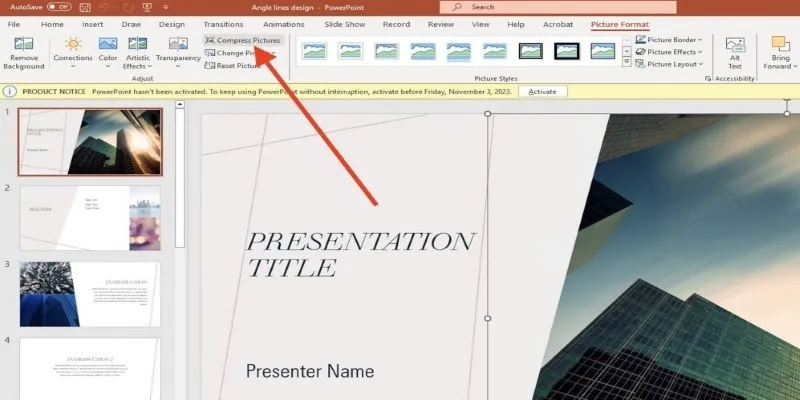
PowerPoint Image Compression: Reduce File Size Without Sacrificing Clarity

How to Create a Video Slider in WordPress (Easy Tutorial for Beginners)
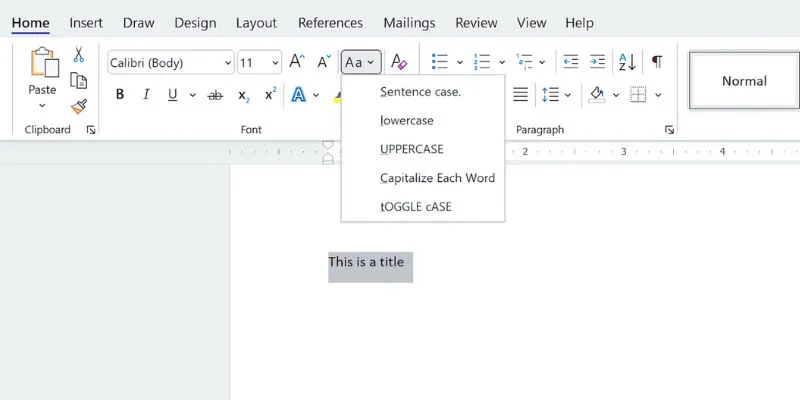
How to Capitalize All Letters in Word, Excel, and Other Apps: A Complete Guide

How to Capitalize All Letters in Word, Excel, and Other Apps: A Complete Guide

Godot 4.4 Adds Jolt Physics, Real-Time Editing, XR, and .NET 8

How to Set Maximum Number of Tags for WordPress Posts in Simple Steps

Understanding YouTube Demonetization Rules in 2025

How to Bulk Resize Large Images in WordPress Without Losing Quality

How to Limit Heartbeat API in WordPress: Beginner-Friendly Methods

How to Add Beautiful Email Templates in WordPress: A Step-by-Step Guide

Efficient Text Separation Techniques for Excel and Google Sheets

How to Use iMovie for Mac to Add Picture-in-Picture Effects Easily
Popular Articles

Whitelisting Guide: Allow Safe Websites Blocked by Antivirus
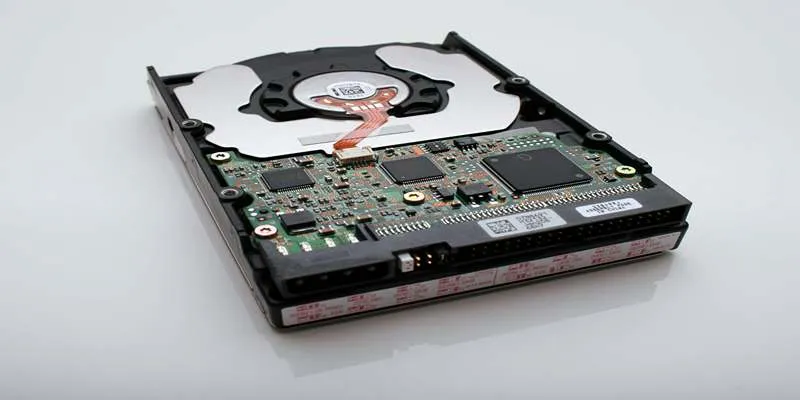
Best Data Recovery Software for Mac Devices
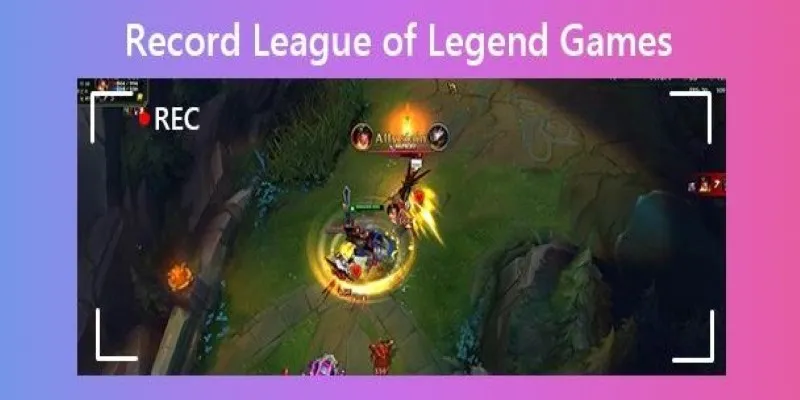
Master the Art of Recording Your League of Legends Gameplay
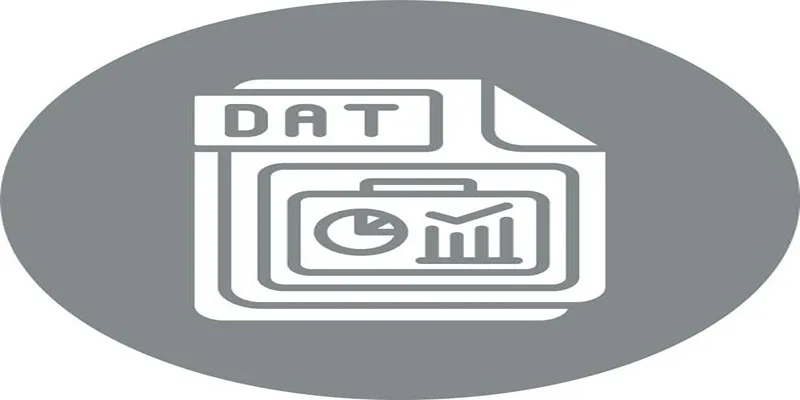
Top DAT to DIVX Converters for Windows and Mac Users

The 6 Best Note-Taking Apps in 2025: Stay Organized and Efficient

How to Sell on Shopify: A 5-Step Guide to Building a Profitable Store
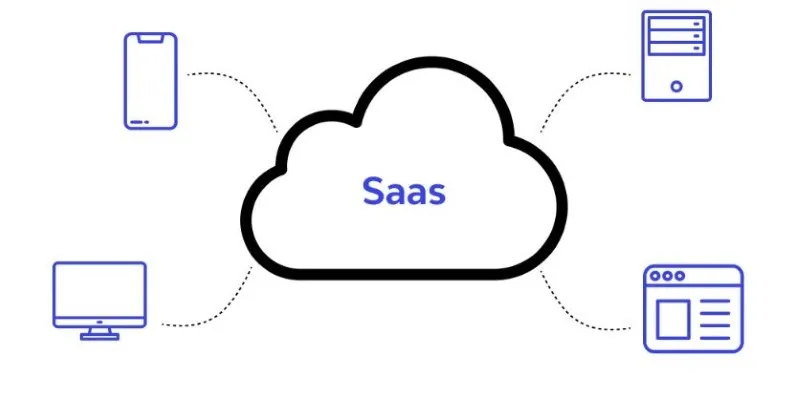
The SaaS Model: How Software Became a Service
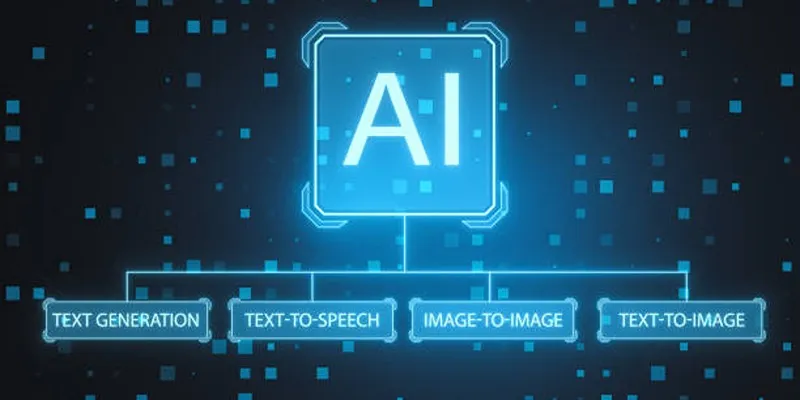
Top 7 Best AI Image Pixel Resizers for Perfect Image Quality

7 Best WordPress Help Desk Plugins for Superior Customer Support
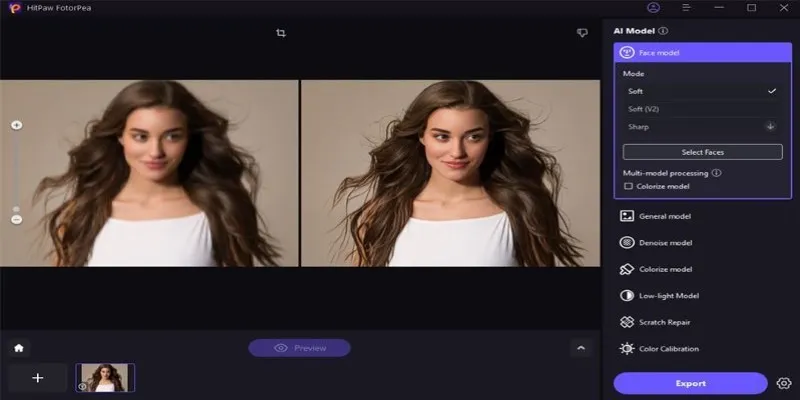
Transform Your Photos with Free Aiarty Image Enhancer Software

Unlock Higher Productivity with These 10 Chrome Extensions in 2025
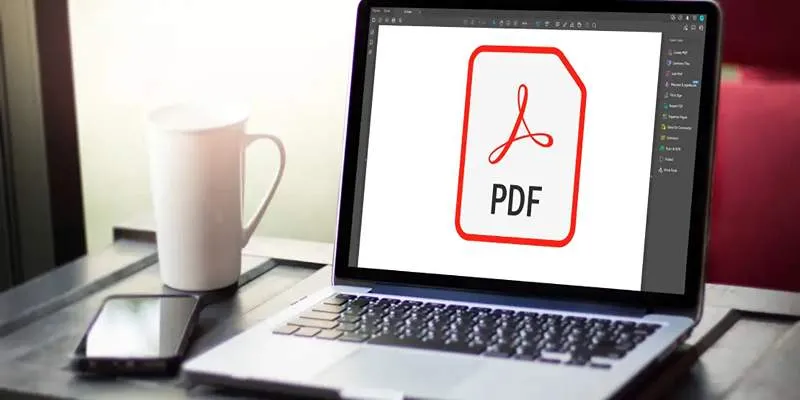
 mww2
mww2